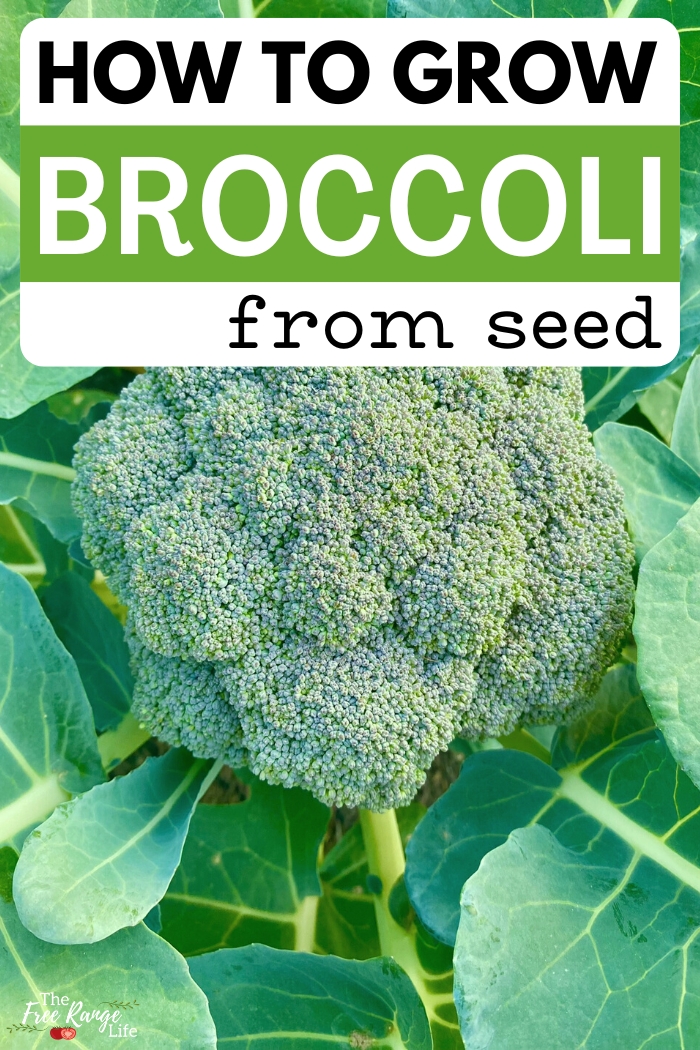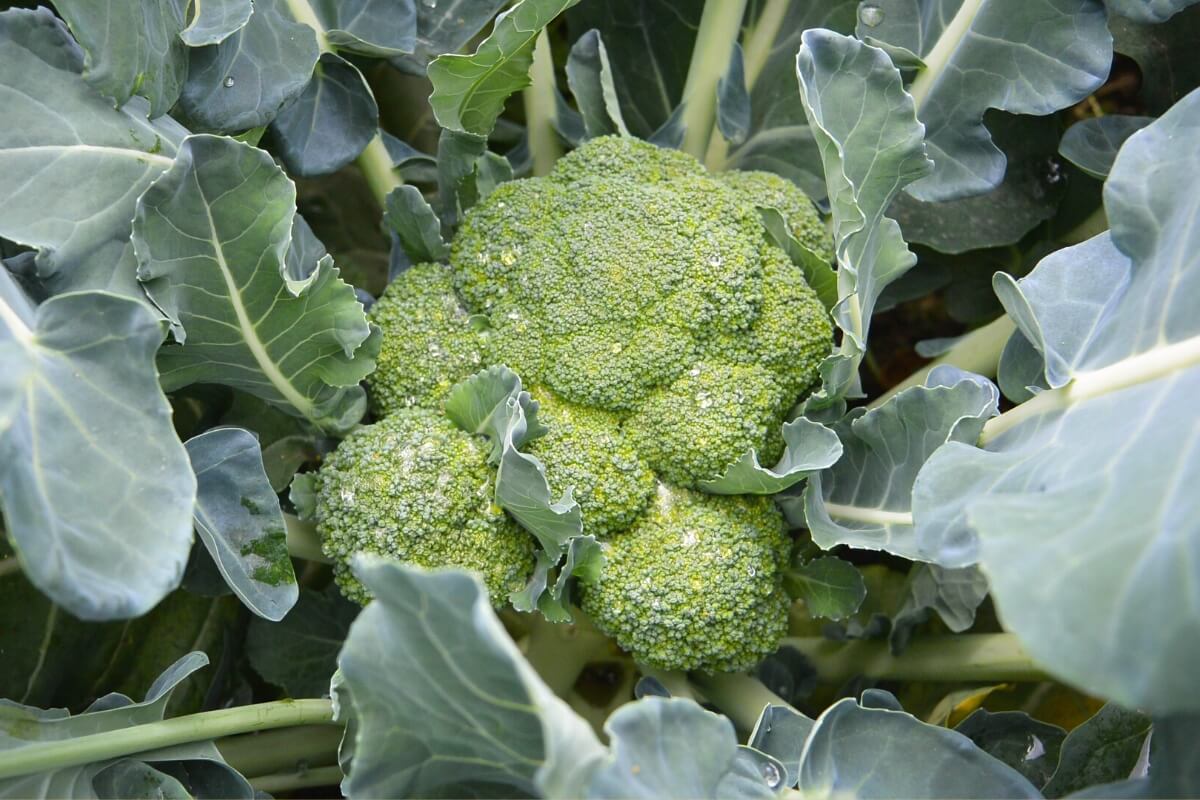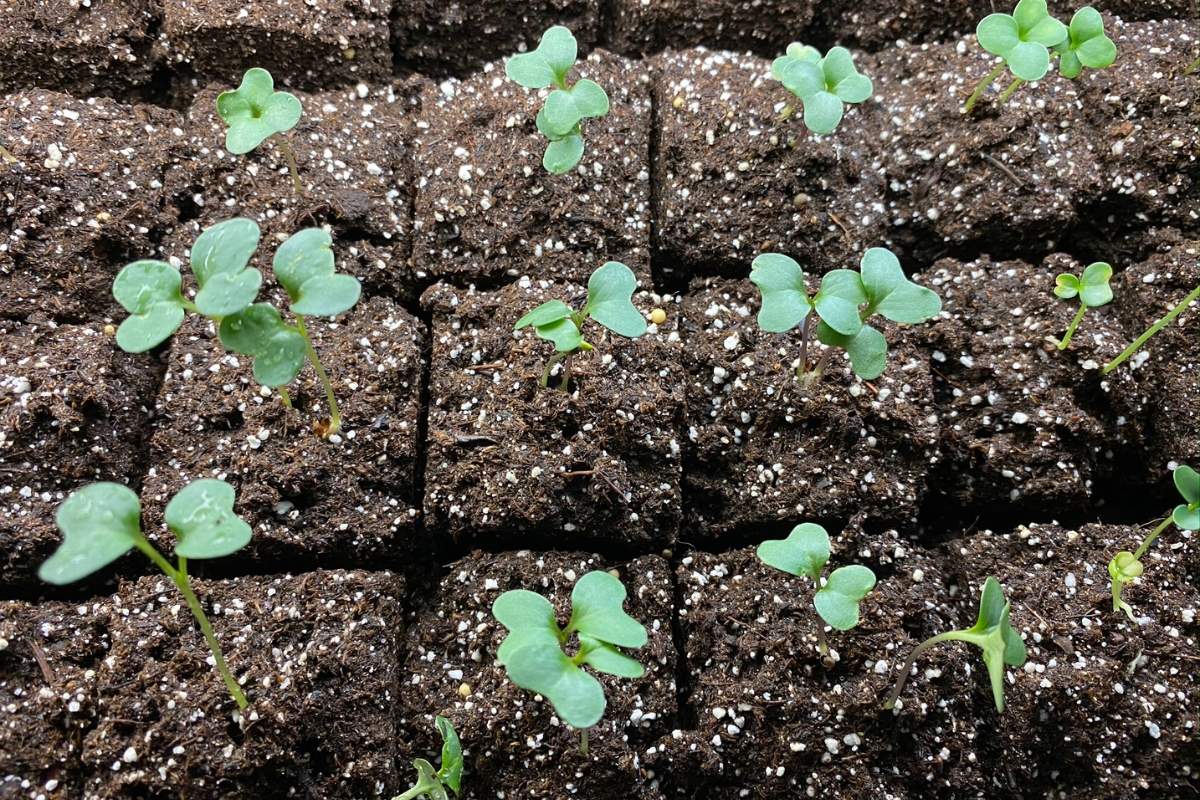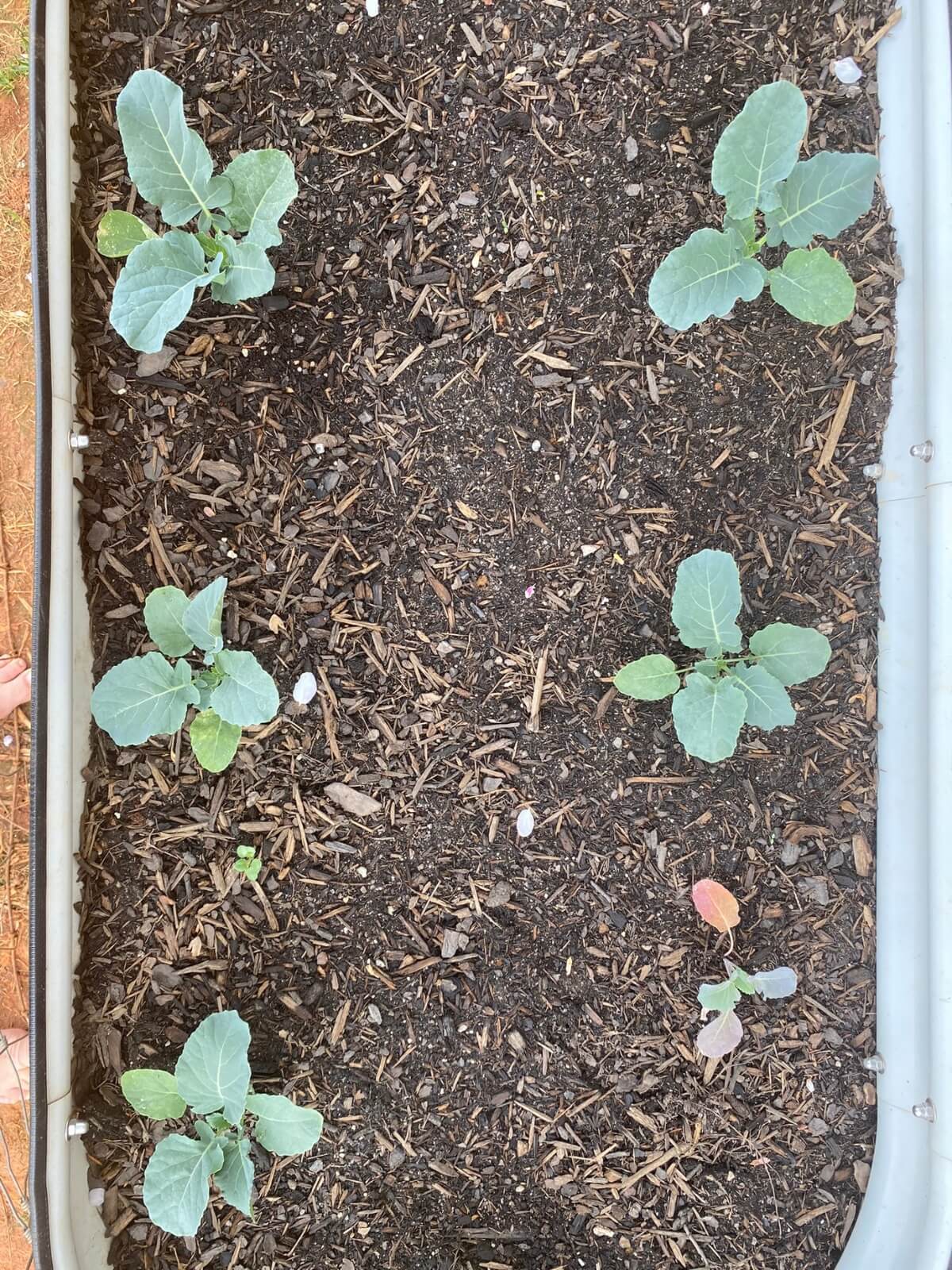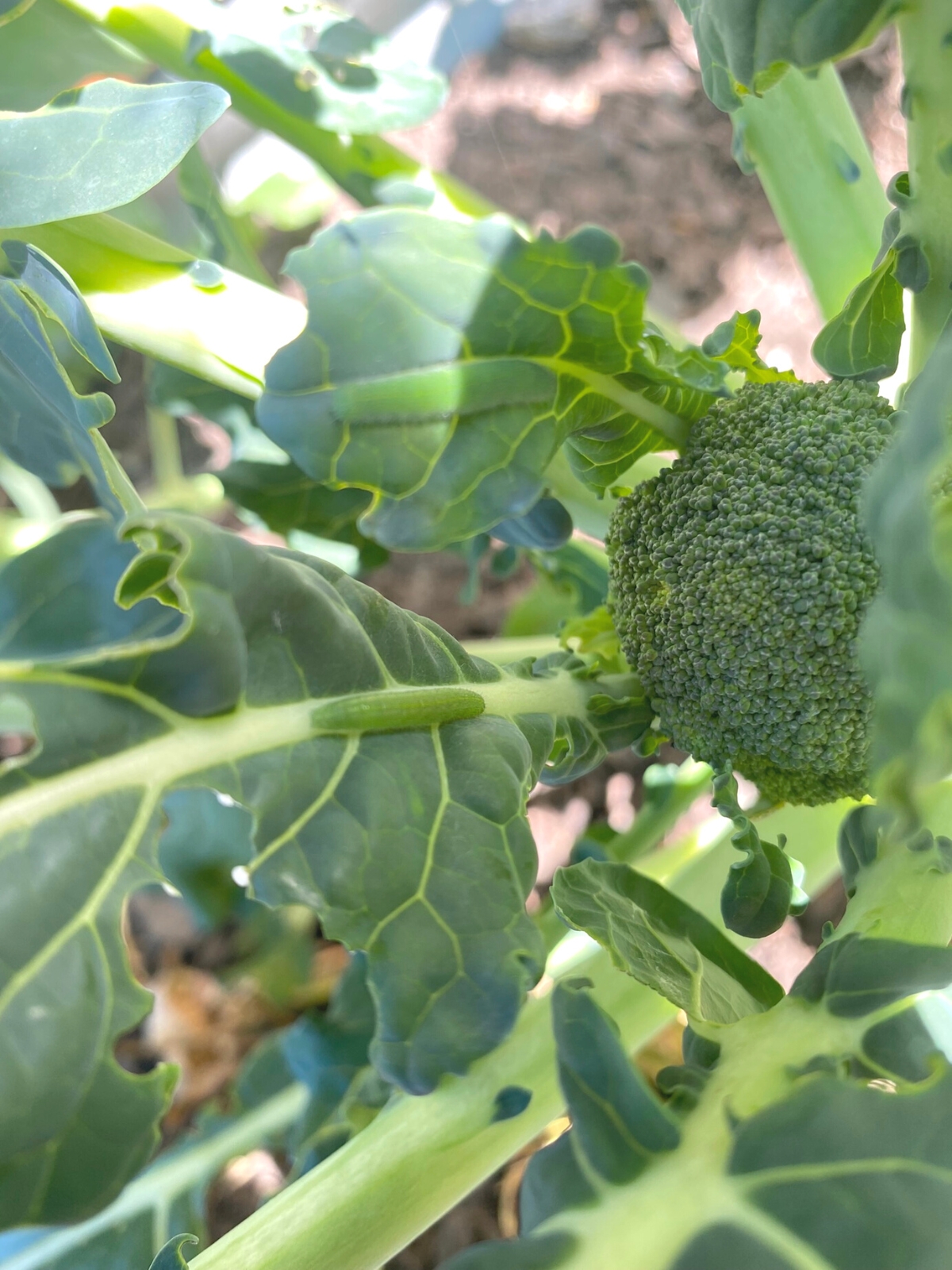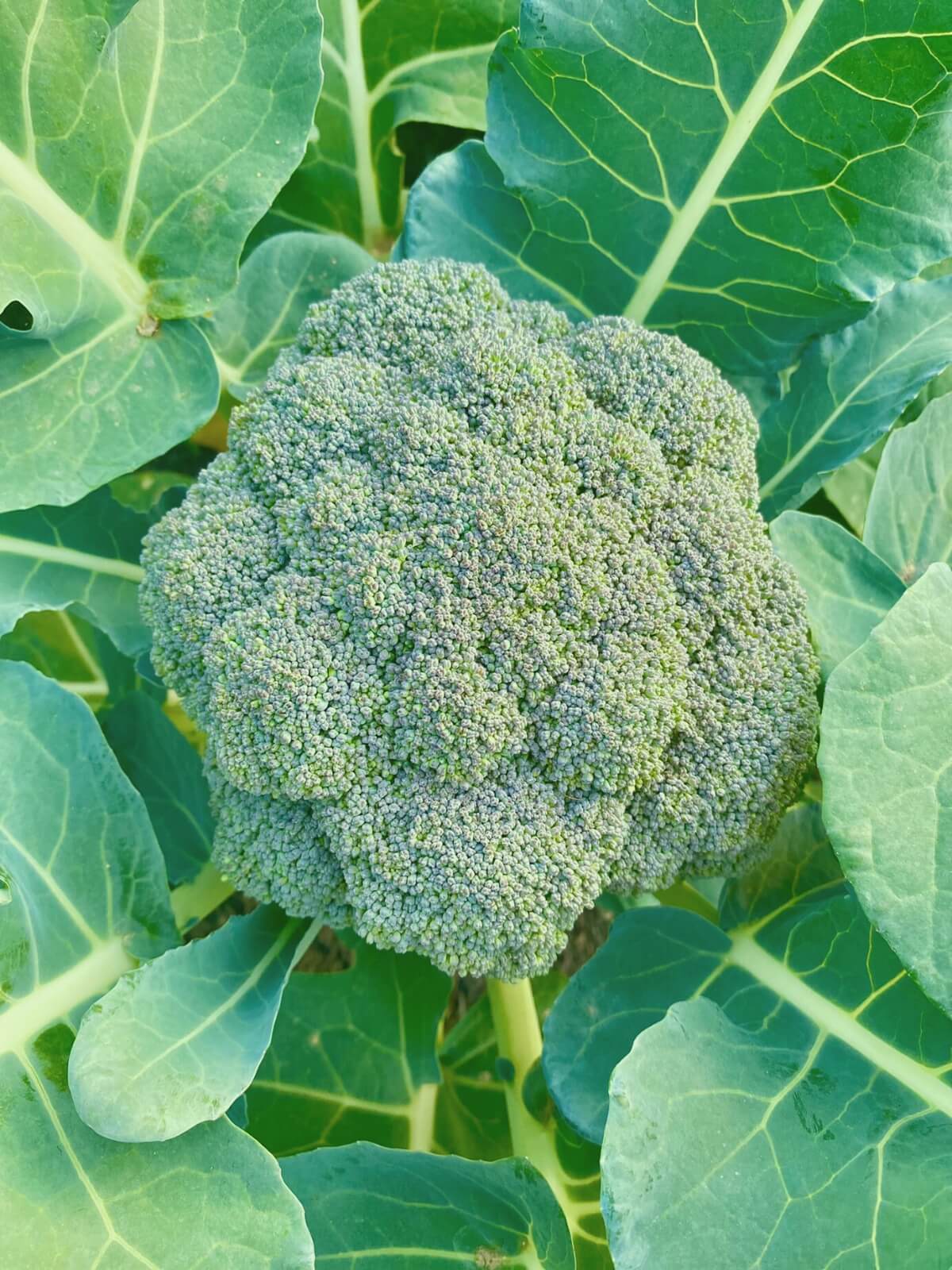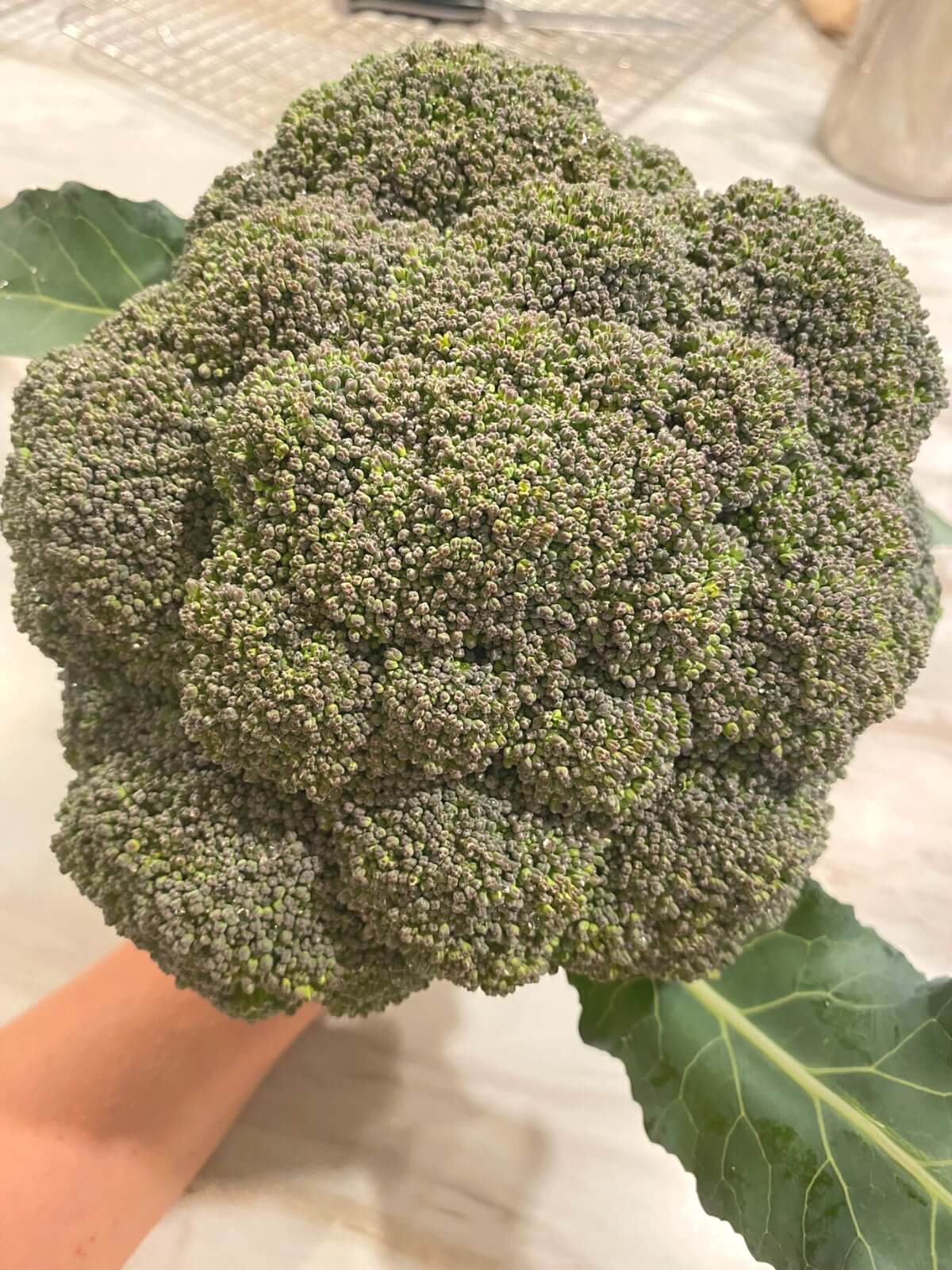Do you want to learn how to grow broccoli from seed for your backyard vegetable garden? Keep reading for all the tips and tricks to growing amazing broccoli!
Broccoli is a delicious and nutritious vegetable that is easy to grow in your own garden. If you are a beginner gardener, broccoli is a great choice to start with. It is relatively low-maintenance and can be grown in a variety of climates.
This site contains affiliate links. If you make a purchase using one of these links, I may earn a commission. Please see my disclosure page for more information about cookies collected and our privacy policy.
In this article, we will provide you with a step-by-step guide on how to grow broccoli. We will cover everything from choosing the right varieties to harvesting your broccoli heads.
So whether you are a complete beginner or just looking to learn more about growing broccoli, this article is for you!
So what are you waiting for? Start growing your own broccoli today!
How to Grow Broccoli in Your Vegetable Garden
Broccoli is a cool weather vegetable that is most often planted in early spring or fall gardens.
It is a member of the brassica family and is related to cauliflower, kale, and Brussels sprouts.
Broccoli is a nutrient-rich vegetable that is low in calories and high in fiber. It is a good source of vitamins C and K, as well as folate, potassium, and manganese.
It’s easy to grow and easy to preserve- making it a wonderful addition to any vegetable garden!
When and Where to Plant Broccoli
Broccoli is a cool weather loving vegetable– this means it doesn’t like the summer heat and prefers to grow when the temperatures are below 80°F.
Heat affects the development of the head and if temperatures are too warm the buds will open and the broccoli will bolt (go to seed) too early.
Broccoli should be started from seed in the early spring, about 8-10 weeks before your last frost date.
They can be planted outside a few weeks before your last frost date.
If you’re growing broccoli in the fall, seeds should be sown outdoors about 100 days before your first frost date.
Alternatively, you can start seeds indoors at this time. This is best if your area is very hot or dry.
As far as where to plant broccoli, you should plan for broccoli in an area of your garden that gets at least 6-8 hours of sun per day.
Broccoli will grow larger heads in full sun than in partial shade. Lack of sunlight will produce leggy plants and smaller heads.
How to Start Broccoli from Seed
If you’re starting broccoli seeds indoors, sow the seeds in pots or trays.
I prefer to use seed blocks or 6-pack planters. Plant one seed per block or pot. If you’re unsure about your seed viability, you may want to sow 2 seeds per cell to ensure at least one will germinate.
Plant the seeds about ¼ inch deep and lightly cover them with soil.
Spray the soil with water and place the seeds in a sunny location or under grow lights. Germination takes 5-10 days. Be sure to keep the soil evenly moist at all times.
Depending on the weather, you may need to pot up your seedlings once before transplanting to the garden.
As soon as the weather is warm enough, start putting your seedlings outside during the day. This helps harden them up for the garden. With cool weather crops like broccoli, I put the seedlings outside as long as the temperatures are above 40-45°F.
Once the seedlings have at least 4-5 true leaves and the weather is no longer too cool (think low 20s) you can transplant them to the garden. Be sure to water thoroughly at planting time.
You can also sow broccoli seeds directly into the ground in spring. The final spacing of broccoli is 12-24 inches aparat.
You can sow seeds in groups of 2-3 seeds, 12 inches apart. Once the seedlings are a couple inches tall, thin so that only one seedling remains in each group.
Water the seeds well. Depending on your soil and weather, you may need to water daily to ensure germination.
Caring for Growing Broccoli Plants
One of the great things about growing broccoli is that it’s pretty hands off. It doesn’t require much day to day care.
But here are a few tips to make your broccoli plants the best ever.
Broccoli is a heavy feeder. This means it needs a lot of nutrients to grow large heads. At planting (or transplanting) time, make sure to dig in plenty of organic compost and manure to feed the broccoli plants.
I also like to use Mycorrhizal fungi to help build large roots and larger plants.
Remember that broccoli is a cool weather crop that does best in temperatures between 65° and 70°F. If you live in an area that goes from cold to hot very fast, try things like companion planting to shade the broccoli plants or mulch to keep the soil cooler.
Broccoli roots are very shallow, so be careful when weeding. Use mulch to reduce weeds instead of pulling them up.
Broccoli needs consistent water. If you don’t get regular rain, water at least a couple of inches a week.
Remember to water correctly, from the bottom, to reduce the chance of rot or fungal disease.
You can also learn more about the broccoli plant growing stages to help you understand the needs at each stage.
Broccoli Pests and Disease
The one thing that can make cabbage difficult is pests. And the biggest pest is- caterpillars.
In my garden cabbage butterflies are the most problematic, but things like cabbage loopers and cabbage root maggots can also be an issue for broccoli.
Luckily there’s an organic option to help fight caterpillars. Bacillus thuringiensis is a species of bacteria that lives in soil. It makes proteins that are toxic to some insects when eaten. It’s non toxic to humans and pets, but kills caterpillars.
Handpicking is also an option for caterpillars. They are easy to pull off and throw to the chickens or birds.
Row covers can also help reduce pests in broccoli.
Other pests for broccoli include aphids and white flies.
Common diseases that affect broccoli are clubroot, downy mildew, and white rust.
These are all fungal diseases. Proper spacing and crop rotation go a long way in preventing disease in the garden.
Harvesting Broccoli
Broccoli should be harvested when the head has stopped growing.
The heads should be dark green with small, tightly packed buds.
If you notice the buds loosening, beginning to open, or turning yellow, harvest the broccoli right away.
To harvest, use a sharp knife to cut the stem below the head, taking at least 6-8 inches of stem.
It’s best to cut at a diagonal to prevent water from pooling on the stem.
Once you have harvested the main head, don’t pull the plant up yet! Most varieties will put out side shoots that you can harvest for weeks.
Depending on the heat in your area, you may even be able to harvest from the same plant again throughout the summer or fall.
How to Preserve and Store Broccoli
Broccoli should be stored in the refrigerator- the crisper drawer is the best place.
Broccoli needs to be able to breathe, so don’t put it in a closed plastic bag. Instead, use a perforated bag or simply wrap it in damp paper towels.
It’s best to use fresh broccoli within 3-5 days. To keep it fresh longer, don’t wash it before storing in the fridge.
Luckily, broccoli is easy to preserve, so you can still eat your homegrown broccoli in the middle of winter!
- Broccoli is best preserved by:
- Freezing: Blanch it for 1-2 minutes and then cool with ice water. Freeze in a single layer before transferring to a freezer bag or vacuum seal bag.
- Dehydrating: Cut into small florets and dehydrate using an electric dehydrator set at 125°F for 8-12 hours or until completely dry.
Freeze Drying: Blanch for 1-2 minutes and cool with ice water. Freeze dry according to your machine’s directions. Harvest Right makes a great freeze dryer.
Preserved broccoli will last a minimum of 1 year under the correct conditions.
Growing broccoli is a rewarding experience that can be enjoyed by gardeners of all abilities and skill levels. With a little planning and effort, you can have fresh, homegrown broccoli on your table in no time. So what are you waiting for? Get started today!

